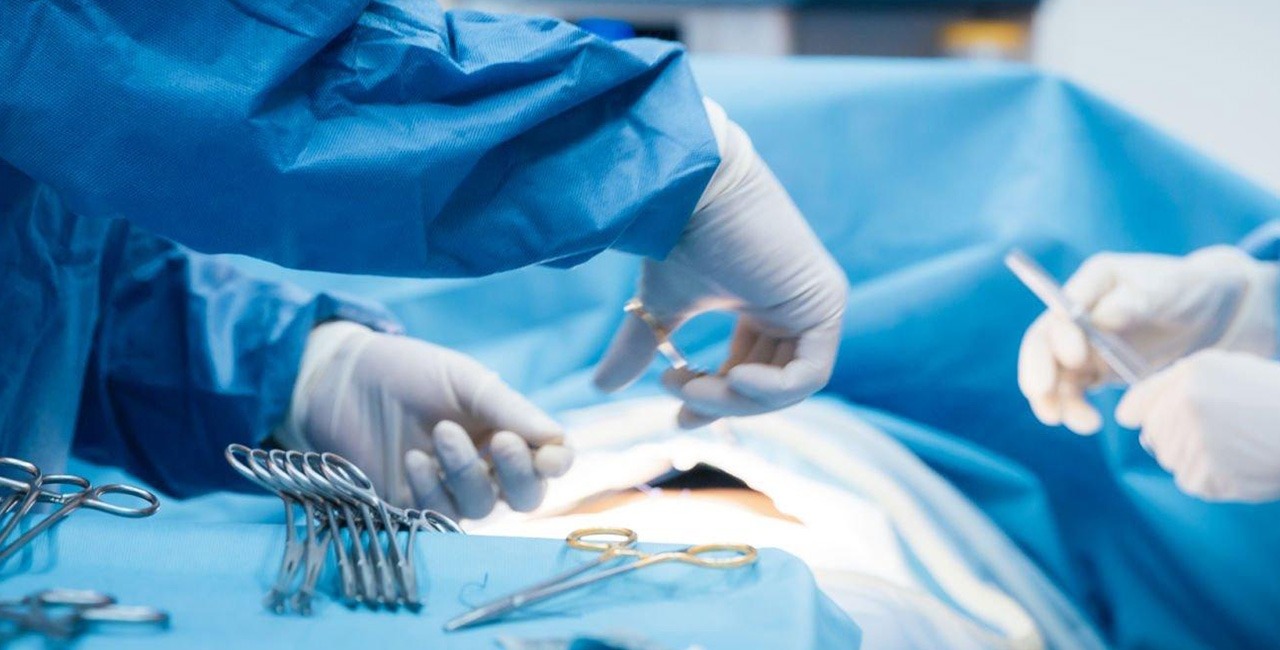Reconstruction with perforator flaps is a surgical technique used to repair tissue defects resulting from traumatic injuries, tumor removal, or other surgical procedures. Perforator flaps involve the transplantation of tissue, typically skin and subcutaneous fat, from one part of the body to another while preserving the blood supply through tiny perforating blood vessels.
What is Trauma and Tumor Defect Reconstruction with Perforator Flaps?
When traumatic injuries or tumor removal procedures create significant tissue defects, reconstructive surgery is often required to restore both function and aesthetics. Perforator flaps offer a sophisticated approach that minimizes tissue damage and maintains blood supply to the transferred tissue.
Benefits of Trauma and Tumor Defect Reconstruction with Perforator Flaps
1. Tissue Preservation:
- Perforator flaps preserve healthy tissue at the donor site, reducing donor site morbidity.
2. Optimal Aesthetics:
- The technique allows for precise reconstruction, resulting in improved aesthetics.
3. Functional Restoration:
- It can restore lost tissue function, such as muscle or skin coverage.
4. Reduced Complications:
- Preserving blood supply lowers the risk of complications like tissue necrosis.
Treatment Process
ZenKai specializes in Trauma and Tumor Defect Reconstruction using advanced Perforator Flap techniques, ensuring the best possible outcome while prioritizing your comfort and satisfaction. Here’s an overview of what you can expect during this journey:
1. Consultation:
- The process begins with a consultation between the patient and a reconstructive surgeon. The surgeon assesses the defect, discusses goals, and outlines the best approach.
2. Imaging:
- In some cases, imaging studies like CT angiography or Doppler ultrasound may be used to map the blood vessels supplying the donor tissue.
3. Surgical Procedure:
- Donor Site Selection: The surgeon selects a donor site with suitable tissue for reconstruction, often based on the defect’s location and size. Common donor sites include the thigh, abdomen, or buttock.
- Perforator Identification: The surgeon identifies the perforating blood vessels that supply the chosen donor tissue.
- Flap Elevation: The selected tissue, along with its perforating blood vessels, is carefully dissected and elevated while maintaining vascular connections.
- Transfer and Microvascular Anastomosis: The elevated tissue (flap) is transplanted to the recipient site, and its blood vessels are microsurgically connected to recipient vessels to restore blood supply.
4. Closure:
- Once the flap is successfully transplanted and blood supply is restored, the surgical team closes the incisions at both the donor and recipient sites.
5. Postoperative Care:
- Patients receive postoperative care instructions, including wound care, monitoring for signs of vascular compromise, and rehabilitation as needed.
Results and Duration
Trauma and Tumor Defect Reconstruction with Perforator Flaps at ZenKai promise remarkable improvements in both form and function. Explore what results to expect and the duration of these highly specialized procedures.
1. Results:
- The results of trauma and tumor defect reconstruction with perforator flaps can be highly successful. Patients typically experience improved aesthetics, function, and quality of life. The reconstructed tissue closely matches the color, texture, and thickness of the surrounding tissue, leading to natural-looking results.
2. Duration of Results:
- The duration of recovery and return to normal activities varies depending on the complexity of the surgery and the patient’s overall health. It may range from several weeks to months. Long-term follow-up care is essential to monitor the reconstructed area for function, aesthetics, and any potential complications. Perforator flap reconstruction is associated with durable and long-lasting results.
